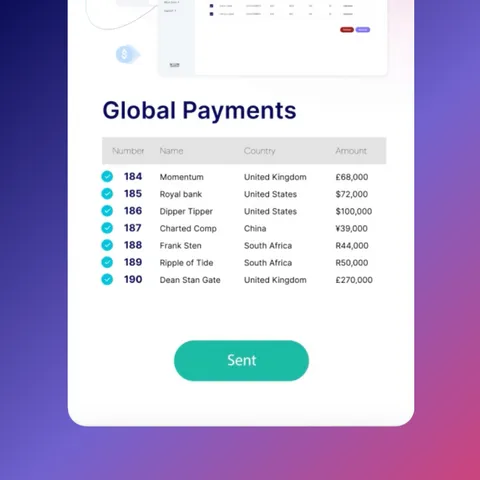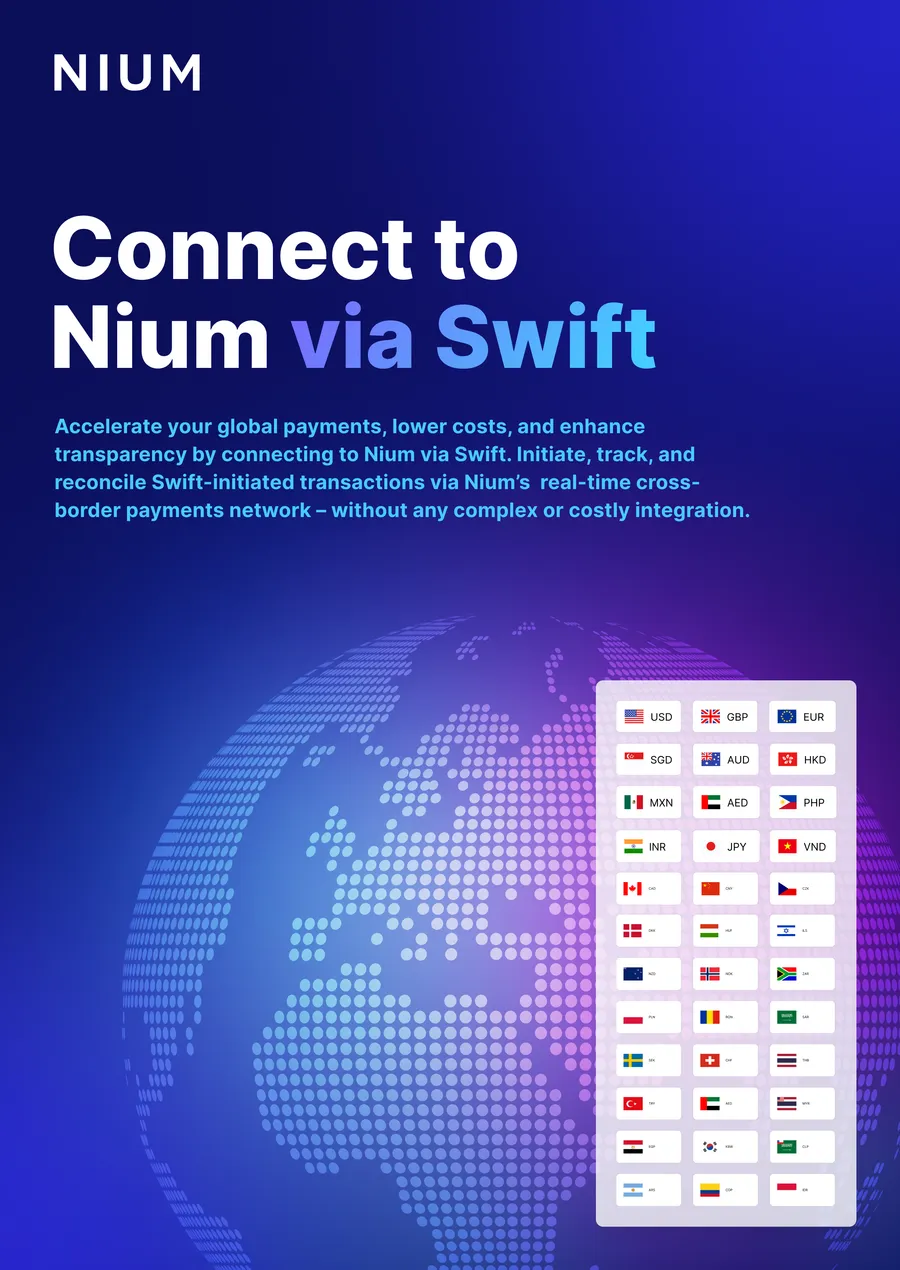All over the world, the shape of work is changing. Today, there are an estimated 1.1 billion freelancers worldwide – many of which work with clients overseas. For businesses and workers, however, this presents a number of payment challenges. Costly cross-border payment fees eat into businesses’ bottom lines, while lengthy delays impact the lives of workers.
Freelancer numbers have been growing for years and, as a result, many talent marketplaces have emerged to help ease the stress of freelancing and hiring. However, following further changes to the world of work–triggered initially by the pandemic but really cemented by the global adoption of remote work in the years that have followed–some have been left wanting–and expecting–more when it comes to payments both domestic and cross-border.
Considering 40% of workers said that faster payment is enough to make them choose one platform over another, this could prove a costly mistake.
Here, we’ll examine further why a leading SaaS payments system can be a clear competitive advantage for players in this rapidly evolving and maturing market.
Defining the freelancing segment
The on-demand talent segment has been expanding for years, with many businesses finding value in flexible, self-employed staff. That segment can be broadly broken up into three categories:
- Gig jobs: Typically defined as work for short-term consumer service delivery or manual labor.
- Contracting: This usually involves a time-bound temporary role on a team for a longer period, often between three months and a year.
- Freelancing: Workers predominantly have a specific skill that offers great value to companies. The work is performed at the project level.
But it’s the freelance market in particular, however, that has spawned a number of innovative talent marketplaces to service the needs of both freelancers and businesses.Platforms like Fiverr, Upwork, People Per Hour, 99 Designs, LinkedIn Marketplace, and others provide a place for businesses and freelancers to connect, optimizing the process of finding the best alignment of needs.
Many businesses turned to freelancers during the pandemic as a response to reduced budgets and teams.
And as the world has moved on, businesses have continued to see the value in freelancers, with their flexibility, expertise, and considerably lower hiring costs (between 30% and 50%) a huge plus in times of economic uncertainty.
An emerging market on its way to maturity
Forrester’s Freelance Talent Marketplace Landscape, Q1 2022 defines the segment as an “emerging market, with hundreds of freelance talent marketplaces covering the waterfront of skills of every kind. In the domains of software, analytics, content creation, and consulting, this market is starting to consolidate as private and public money flows into the largest players.”

The numbers support this assertion, with the global freelance platforms market projected to reach $9.2 billion at a CAGR of 15.3% between 2021 and 2026.
To make sure they’re leading the way, marketplaces must meet the requirements of businesses and freelancers while also positioning themselves for global expansion – for this is a truly global space. The top hiring countries are the U.S., U.K. and Australia, but the fastest growing freelance economies are the Philippines, India, and Japan.
To reach those markets and the businesses and freelancers that operate in them, marketplaces need a mature, modern and international SaaS payments system that facilitates real-time and cost-effective cross-border payments.
Marketplaces need mature SaaS payment systems
Freelance work poses a unique set of financial challenges.
- Delayed and differing payments: Fifty-nine percent of workers contract with more than one company. Different (and often delayed) pay dates make accurately planning outgoings immensely difficult.
- Lack of paid holiday and sick leave: With no guarantee of support, it’s essential that workers can build steady and reliable exchange rates.
- Global client base: With many clients likely overseas, volatile exchange rates and slow, expensive transfers pose a considerable challenge.
Despite this, there are still few tools available that offer solutions to these problems, says Vijay Singh, Head of Product at Archie, a financial automation platform for vendor and contractor payments.
“There are many tools for working with direct employees but very few effective tools empower freelancers. Businesses might end up hacking together [spreadsheets] and other documents to manage relationships. It’s easy for things to get lost so this is where a freelancer platform can help.”
Fast and reliable payments are a clear differentiator for workers. According to PYMNTS.com, 73% of independent contractors are prepared to leave their freelance marketplaces for better payment experiences.
The desire for real-time payments is such that many freelancers would be willing to pay extra for the privilege. A survey by Visa Insight found that 83% of freelancers would actually pay a fee to receive their payments in real-time if they had an emergency, and three-quarters would pay extra for real-time payments, in any case.
Marketplaces can attract and retain freelancers and businesses by making payments easy and predictable, embracing real-time payments, and offering different and localized payment methods. This is better for businesses, too, as they’re able to make significant savings on costly fees and considerable time spent manually managing the payments or building relationships to facilitate them.
This may sound daunting, but with the help of an experienced fintech solutions partner, it doesn’t need to be.
Simple, fast, and local payments for freelance marketplaces
Today freelancers occupy a 35% share of the 3.5 billion total global workforce–and those numbers will only increase. Over 90% of global corporate leaders utilize freelancers and are looking to increase their use. While the fastest-growing freelance economies are expanding at an exponential rate, with the world’s fastest, the Philippines, seeing 208% YOY growth.
Not only does this show the staggering speed at which the market is growing, but also just how global the shift is. With remote work now considered the new normal, hiring local or full-time talent is no longer a priority.
Despite many platforms emerging to help facilitate work for and from freelancers, there’s still an opportunity for marketplaces to solidify their positioning as the marketplace of choice by ensuring workers can get paid in a way that works for them and their employers.
The key for marketplaces looking to fill that gap is finding the right partner.
“Nium was the clear winner as we were seeking a payments partner,” says Singh. “The team has been great to work with and we are eager for the simplicity of the API integration.”
Nium can facilitate real-time payments to more than 100 countries in over 60 currencies with capabilities in cards, bank accounts, digital wallets, and cash. For overseas payments, Nium offer localized settlement and full transparency on currency exchange and rates that don’t include any markup or profit margin. Marketplaces can even get support in mitigating the risk associated with onboarding business clients.
Finally, with a network of local relationships that stretches across the globe, Nium is
ideally placed to monitor developing trends and regulatory challenges, keeping clients up to date as the market matures and solving problems before they even arise.
Contact an expert today to learn more about how Nium can help you upgrade your marketplace payments or download our new guide on platform payments.


.png@webp)



.png@webp)
.png@webp)
.png@webp)




